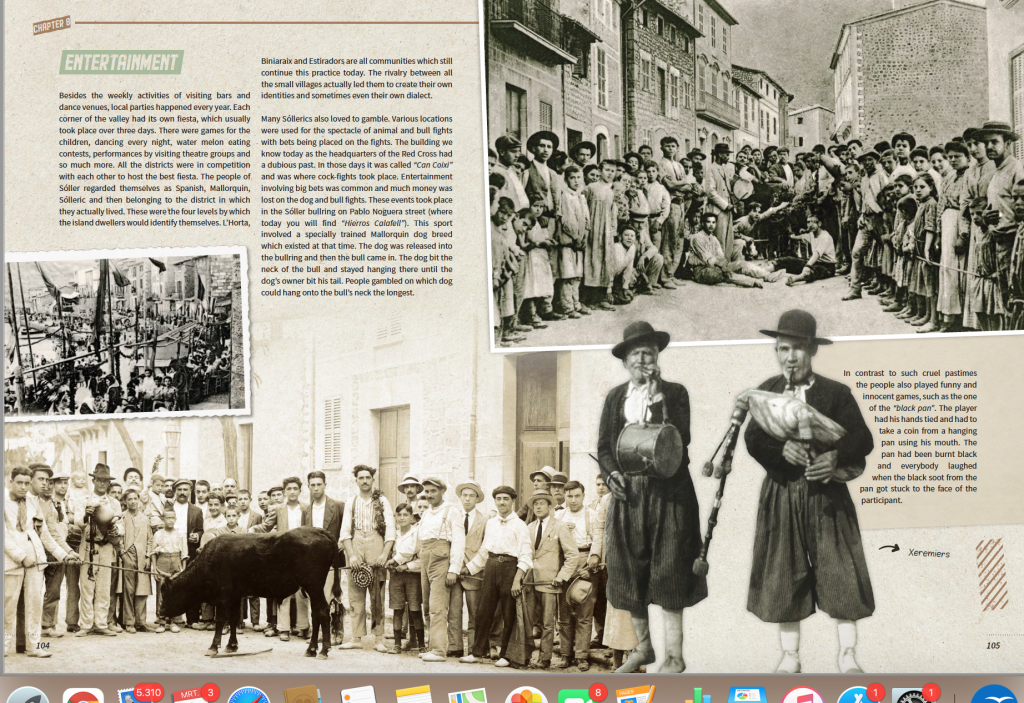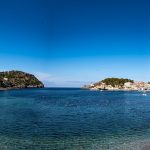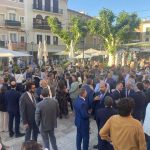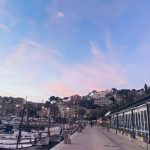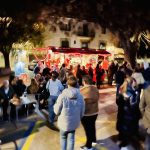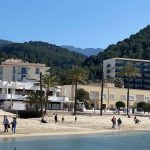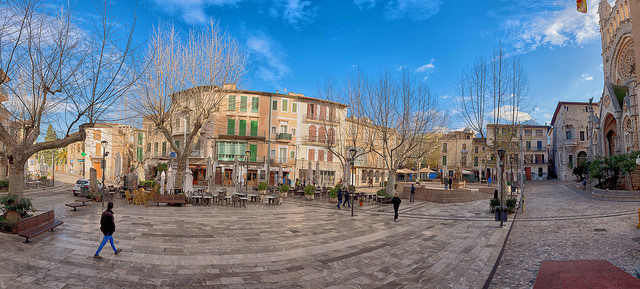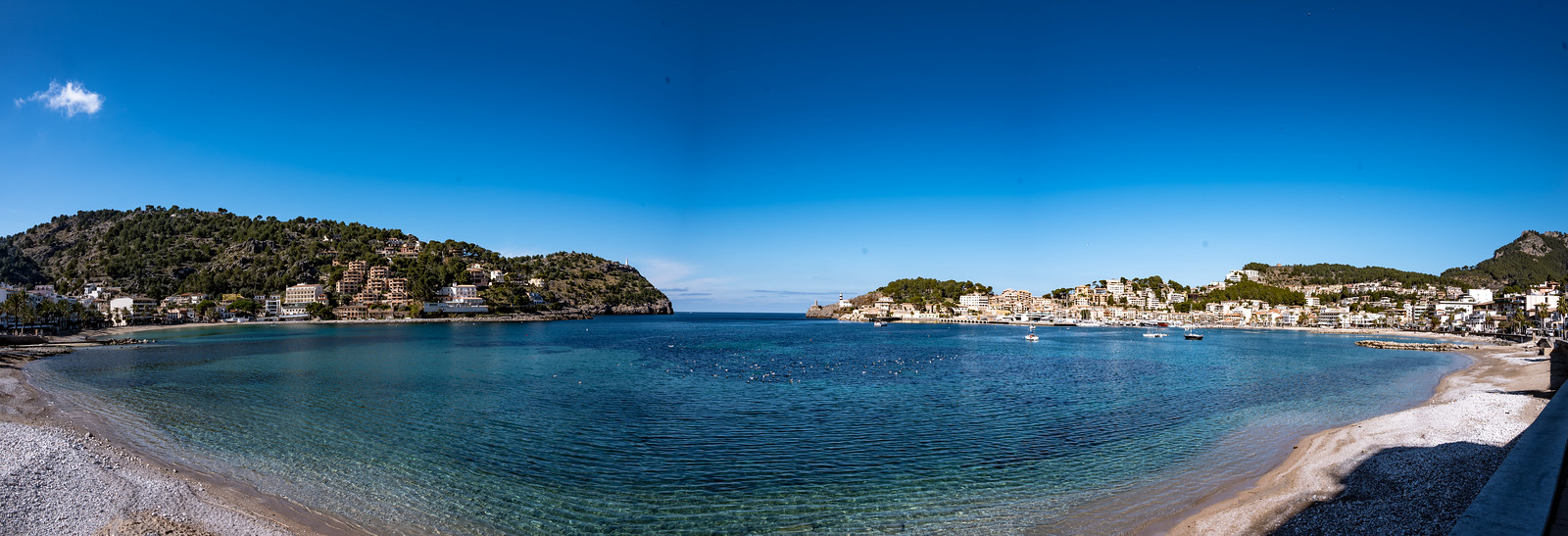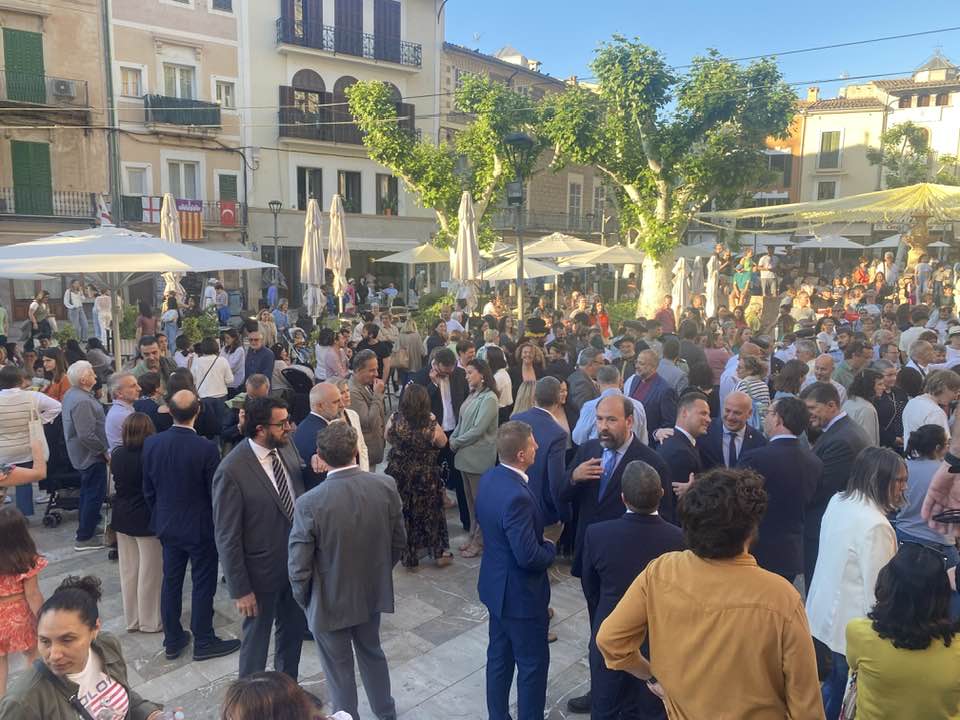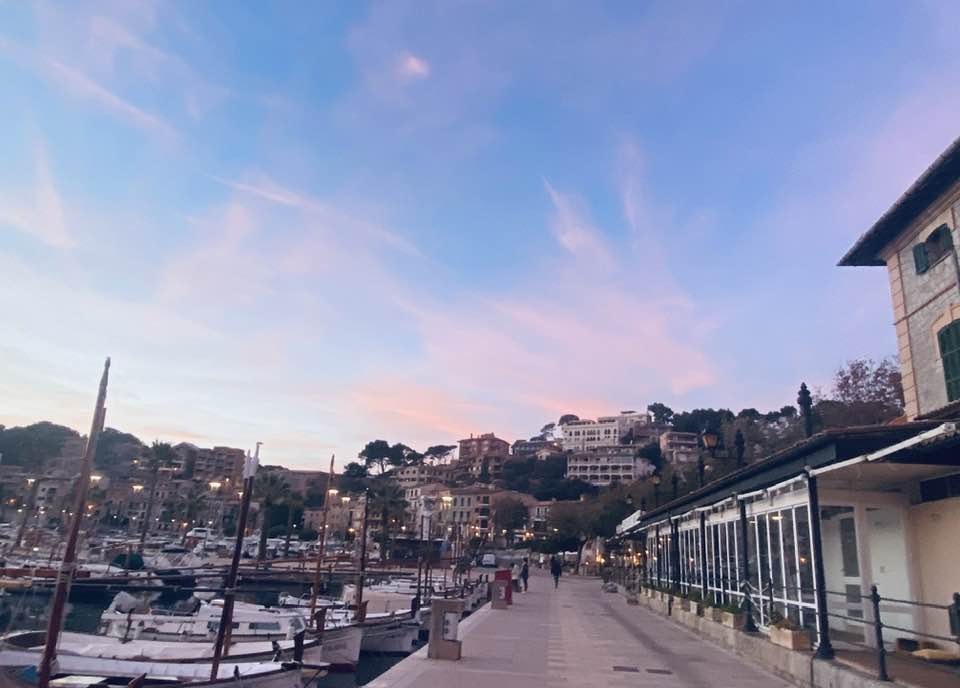(Written by Gabriel Merce and abridged into a form of Englishness by Shirley Roberts
Permission granted by Gabriel Merce and Veu de Soller for this adaptation.)
Soller is a unique place on the Island of Mallorca with special praise given to its location, beauty and heritage. The number of return visitors to this location speaks for itself and sometimes the place reaches saturation point with all the returners and new visitors to the Valley.
Soller is known as the place which is completely different to anywhere else in Mallorca. This is due to its history, geography, culture and language. The next ten points list why we and the village of Fornalutx think we are so different and worthy of special attention on this Island
.
1. The Firo
In May every year the celebration of the Firo takes over Soller for two weeks. This is a most important event and commemorates the battle in 1561 between the Moors and the Christians. The women of L’horta played a huge part in this victory and the Valient Dones are revered to this day. The importance of this fiesta, the battle and all the events that surround the important dates are kept alive by the fervour of the people of Soller. This represents the triumph of good over evil and the power of the solidarity of the people of Soller. To be a Solleric means embracing the Firo and the passions of belonging to this place and feeling that it is worth defending.

2. The Tunnel
Soller is nestled in a deep valley surrounded by mountains and a complicated system of channels of communication with the outside. This isolation led to the Port of Soller being used to transport goods by sea rather than make the hazardous journey over the mountain. The people knew that the railway and eventually a tunnel would be needed to link Soller and its products to the wider world waiting for them. The road over the Coll of Soller was not for the fainthearted and many visitors were put off by this journey as this was the most winding road on the Island. In 1997 after a huge history of procrastination and delay the tunnel was finished and a road opened up Soller to the rest of Mallorca and to the world. Soller was unique because visitors had to pay a high price to enter and leave the tunnel. Those days are now over and the tunnel is now free to all.
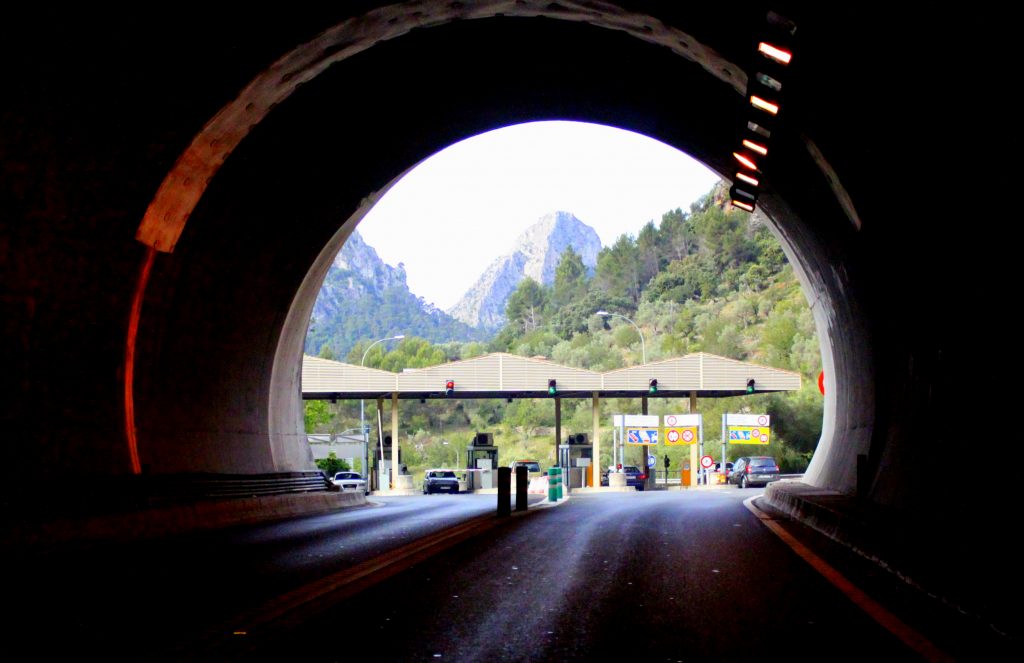
3 The Railroad and Tram
For a long time, Soller was one of the few Spanish cities that had a tram. In fact, even now the Soller Railway is a unique case of private railroad ownership. Probably very few places in the world there is a situation like this: tram and train in private ownership and both with a hundred year history. From childhood the Sollerics are taught the difference between the Train and the Tram and are able to explain it to the many visitors who think it is part of the same system of transport. Many Solleric families bought shares in the railroad and tram as they were being built. This means that the people and the transport system are inextricably linked both emotionally and financially.
Soller also has its own electric and gas company and until recently Soller houses had a different electricity voltage of 150 volts to the rest of Mallorca.

4 The relationship with France
During the last third of the nineteenth century and the first of the twentieth century there was a huge migration of local people to France and different parts of the Americas. Thousands of local people set off to different parts of France and Belgium to work and many were able to create their own business. Solleriques tried to preserve their roots and through the good offices of the Catholic church and in particular the Vicar FIQUET who acted as the matchmaker between the exiles and the women of Soller brought 1671 marriages together between the Soller exiles who went to France and local Soller girls. Many of these people were successful enough to return to Soller to retire and they brought with them a French version of the Mallorquin language. Many Soller people still pronounce the r uvula and their speech contains numerous Soller /Gallicisms. They have a very good command of French and almost all still have relations in France.
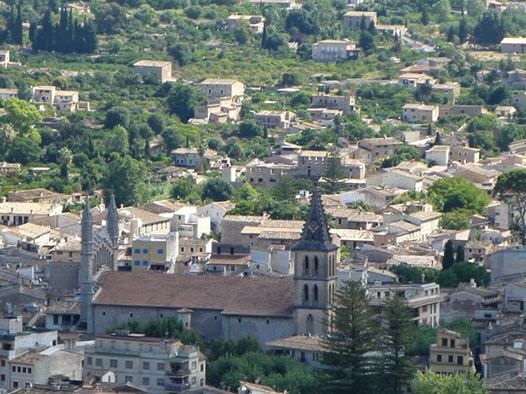
5 Modernism
The wealthy returner to the Soller Valley brought with them money and an eye for Modernisme and Art Nouveu. This influence is seen in the façade of Sant Bartholomew Church, The Bank, L’Avenida Hotel and many other buildings in the Soller City Centre. The Museum of Modern Art – Can Prunera is another example of a Soller Palace of that era.
The returners have had huge influence on the design of a City where a modernisme palace sits next to a terraced house in all the main streets of the area. In the past, a look behind the front door of these palaces was to see Louis 15th French furniture and exquisite pieces of art and sculpture. A piano was also a ‘must have’ of the time. It didn’t matter if no one played it just to have a highly polished grand piano in your Entrada was enough.
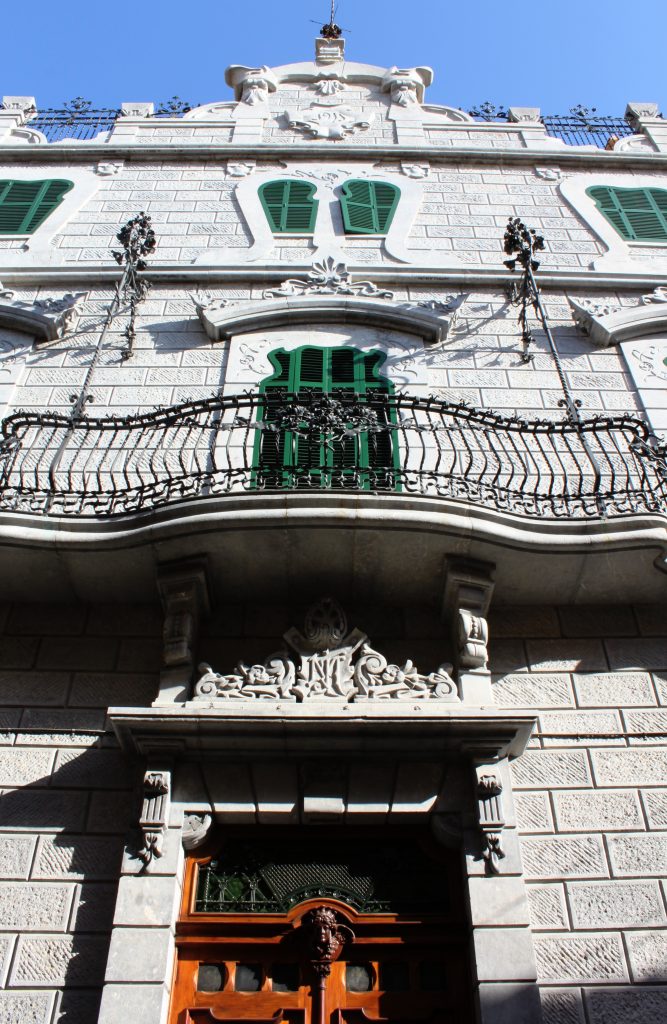
6 The U. –
Unlike the Mallorquin spoken in the rest of Mallorca, Soller neutralizes the unstressed vowel or U. so Deims “butiga”, “Duru” or “culor” instead of shop, duro or color . The U is saved in this very general rule – Photo is “fotu” motorcycle is “motu” video is “vídeu.” There is no clear explanation as to why this speech pattern exists except that linguists attribute this solely to the isolation of Soller in the past and warn that it is a phenomenon that is being lost.

7 Oranges and olives
Many years ago Soller was renamed as the ‘Valley of the Orange’. Orange, lemon, mandarin and Clementine’s are scattered everywhere. Along with olives, citrus crops are the most important characteristic of our City. The olive tree, introduced by the Phoenicians and popularized by the Arabs and Romans, occupies almost the entire farmland of the mountain terraces. Soller oil is exported worldwide and comes from a unique setting in terms of its production and export. Orange cultivation, present for five centuries, led to an intense trade with France since the mid-eighteenth century. Through genetic manipulation, Soller has several unique oranges not found anywhere else in the world, such as spines, the ass of egg, orange peal and plectrum.
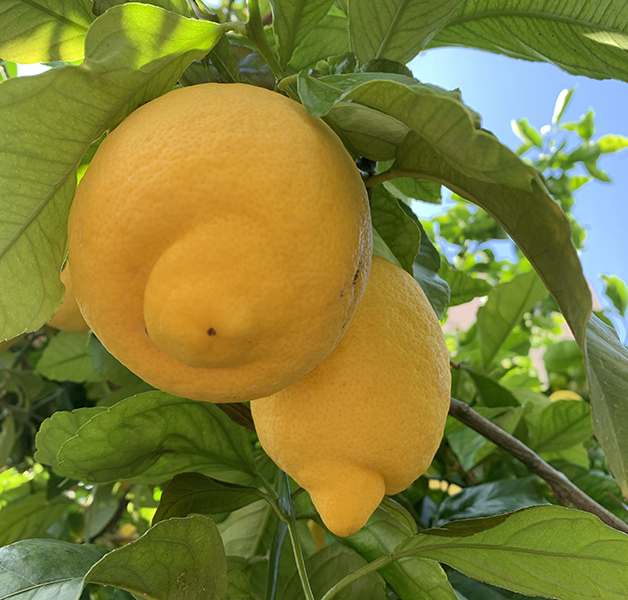
8 The hammers and dumpers.
Soller is the only municipality which allows the movement of dumpers, a very popular vehicle in the construction sector and also very suitable for driving certain narrow streets of the town and the mountain roads. The dumpers or ‘off road vehicles’ roar the narrow lanes and rival the motu’s for noise levels.
The Hammers here refer to the Soller tradition of ‘add ons’ to buildings. This is known a hammer tagline on the boundary with the neighbours. This created extra bathrooms and outside kitchens when hot water arrived inside the Soller house. This is a big feature of the normal Soller village house – even today…

9 The Pope Garrovetes.
The Soller kitchen has been influenced by local Soller tradition, a Jewish influence and a huge mix of French thrown into the cooking pot. This has resulted in a cuisine slightly different to the rest of the Island. A huge use of olive oil and citrus fruits introduce the ‘Garrovetes’ – a sweet made from egg yolk and sugar and often used in the pastry base for so many fiesta dishes.
Old recipes using eggs Soller style which accompany sausage and mashed xítxols have been found. Also recipes which define old Mallorcan soups and apricot and lamb pies containing pumpkin. The genuine Soller cuisine incorporates local, Moorish and French influences and creates a gastronomic experience all of its own.
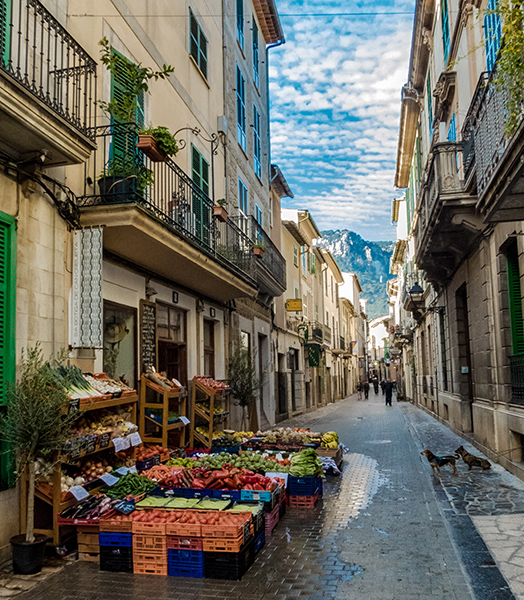
10 The local press
Soller is also known for having its own newspaper for more than 125 years. Is unique in a City of this size to have two the existence of two weekly papers written in Catalan: Sa Veu “His Voice” and Setmanari “Soller.” are the titles. Manacor is the only other place on the Island that has its own local press but this is in a place with three times the population of Soller. Sollerics love to read, to debate, to ask questions and the local press gives them this opportunity.
The Soul of Soller – by Ellen Joosten. A great read to learn more
